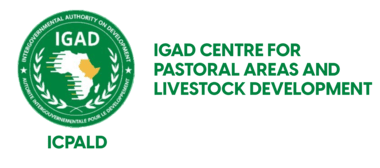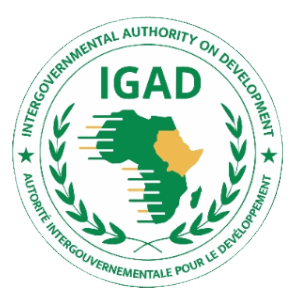- Version
- Download 2
- File Size 6.30 MB
- File Count 1
- Create Date June 28, 2025
- Last Updated June 28, 2025
2023-2032 Camel Resources Management Strategy for the IGAD Region
Executive Summary
Globally, the interest in camels is on the rise for their climate resilience, relatively lower Greenhouse Gas (GHG) emissions and as source of milk reputed to have therapeutic qualities. The IGAD region has the highest density of camels in the world and is already the largest producer of camel milk and meat, with export of live camels being of major economic importance. The region is in an excellent position to enhance productivity and further expand value chains for camel products such as milk, meat and other camel products to be recognized as the region’s Unique Selling Point (USP) and region typical products. The camel sector makes a major contribution to rural livelihoods and traditionally herders manages their animals in tune with nature and in ways that conform with high standards of animal welfare. The purpose of this strategy is to guide development of regional camel sector in an equitable and climate resilient way so that it furthers strengthens rural livelihoods, enables regional food security and produces healthy and high-quality products in an animal welfare and environmentally friendly way.
While there is major potential, there are also daunting challenges, notably the increasing fragmentation of camel grazing and browsing areas and migratory corridors, as well as the lack of health services and supportive trade infrastructure and logistics.
This strategy is prepared based on an extensive literature review as well as interviews with experts, herders and other stakeholder groups. Five strategic priority areas for action were identified:
(1) Camel herding, breeding and production,
(2) Camel health and welfare,
(3) Camel products value chains and food security
(4) Camel advocacy and education, and
(5) Camel research and extension.
IGAD Center for Pastoral Areas and Livestock Development (ICPALD) will be implementing the strategy and support domestication by the IGAD member States. The implementation of these priority areas will likely require consorted efforts of development partners, national governments, private sector and herders. It is a long-term proposition that needs to be looked at over periods of five to ten to twenty years, and activities need to be implemented in a phased manner, initially focusing on the most urgent issues that need to be resolved for IGAD’s camel to thrive and develop.



